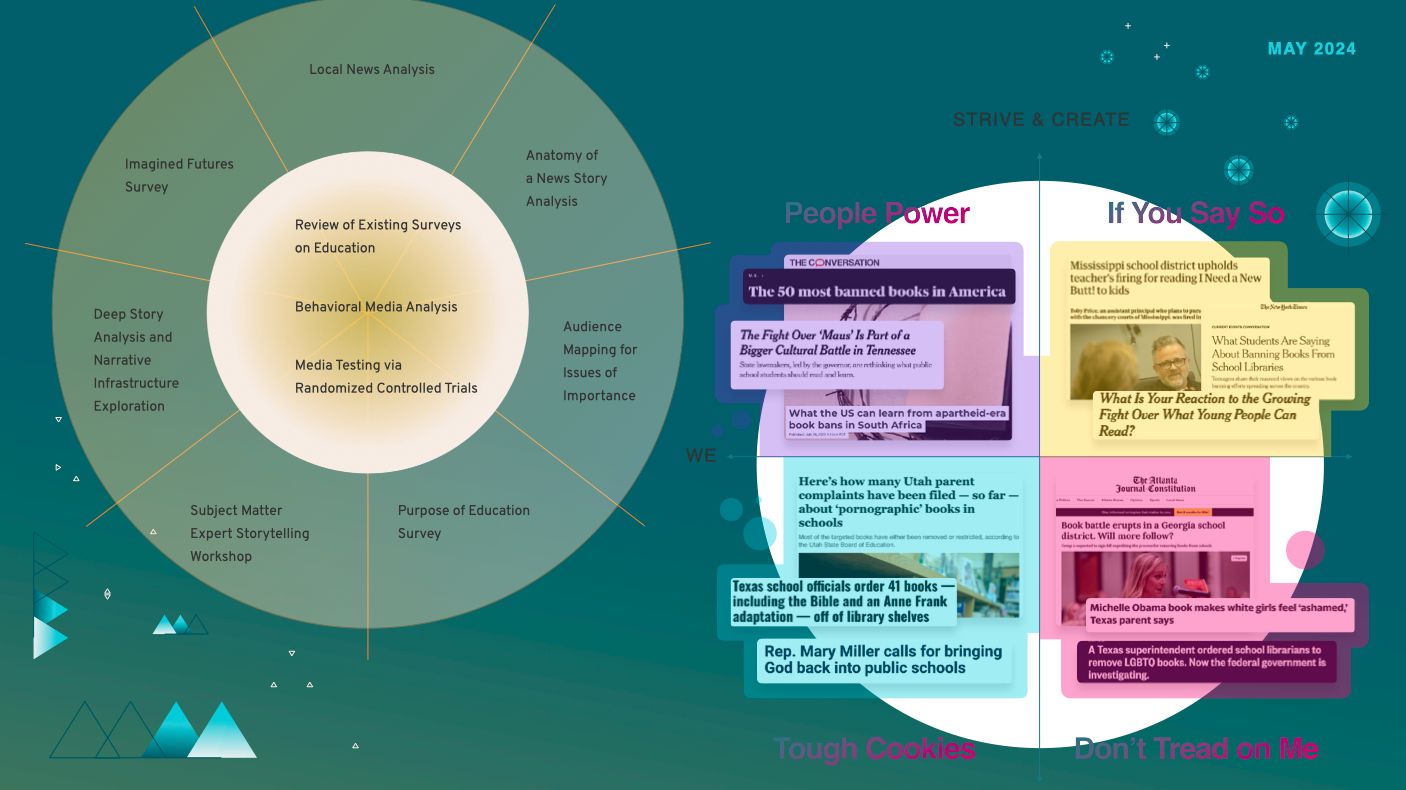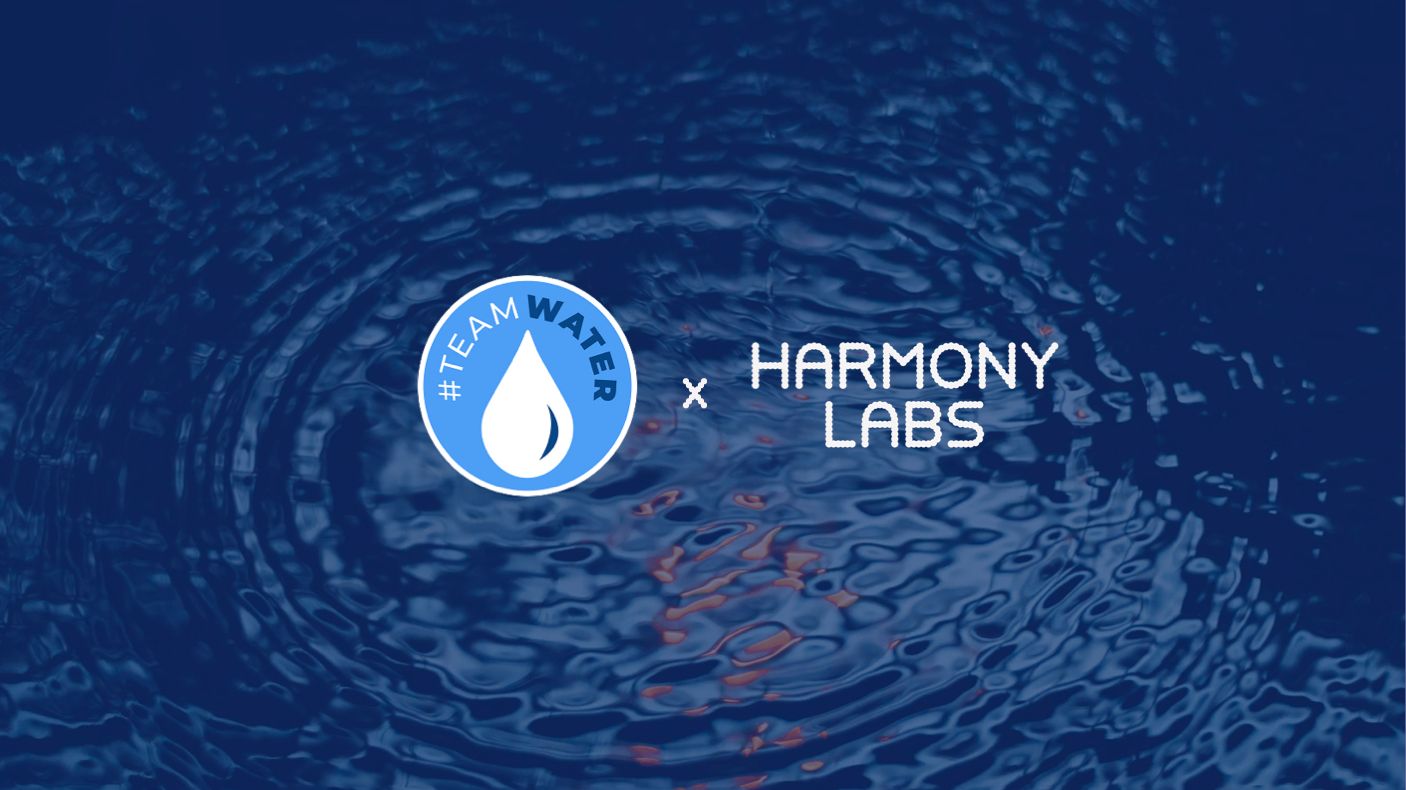Four Principles For Building Power in Media


2024-08-12
Almost everyone has had direct experience with education as students, parents, or educators, but few draw the direct connection between their schools and U.S. education policy. While news media and policymakers debate topics like critical race theory and gendered restroom policies, most people are engaging with less abstract but sometimes more urgent concerns around safety and learning. Changing the discourse on policy to more directly reflect what people really need from their school systems means creating and reinforcing a cultural narrative of “education” in which students, families, and communities are the main characters, and they are empowered to change the system to address their concerns and meet their needs. In short, a narrative where “my neighborhood school” is what you think of when you think about “the education system.”
Doing that proves particularly tricky because of the pervasiveness of schools as settings in all our stories. Different audiences have different, well-established narratives about kids—what they need, how they grow, and what dangers they face. They also have different narratives about schools—how they work, what they are for, what happens there, and how they are changing. These narratives are reinforced with stories from news to TV to social media.
In this new research, Murmuration worked with our team to explore the audience-narrative landscape for education in the U.S. to establish a narrative foundation that can connect these “big” and “little” stories about education and schools and point us toward a future where the public education system in the U.S. works for every student.
Some key insights from this year-long project appear below. In the full report, you can see how all the insights from surveys, media consumption data, and tests of content contribute to a specific plan for engaging and moving audiences with different narrative starting points.
In this work, you can explore audience-specific narratives and profiles that offer potential in-roads for new, effective storytelling. Dive deep into the current education-related media audiences are already consuming, the education narratives they are engaging with as an effect, and possible hypotheses for future stories that might bring those audiences toward a new target narrative.
We used rapid research iterations with quantitative and qualitative methods to understand how people think about K-12 education today and how we can move them to be empowered to change the system to meet their needs.



We encourage you to explore this new research on our website or download the full report from Murmuration, and if it sparks any additional ideas or questions for you, get in touch at hello@harmonylabs.org or research@murmuration.org.



